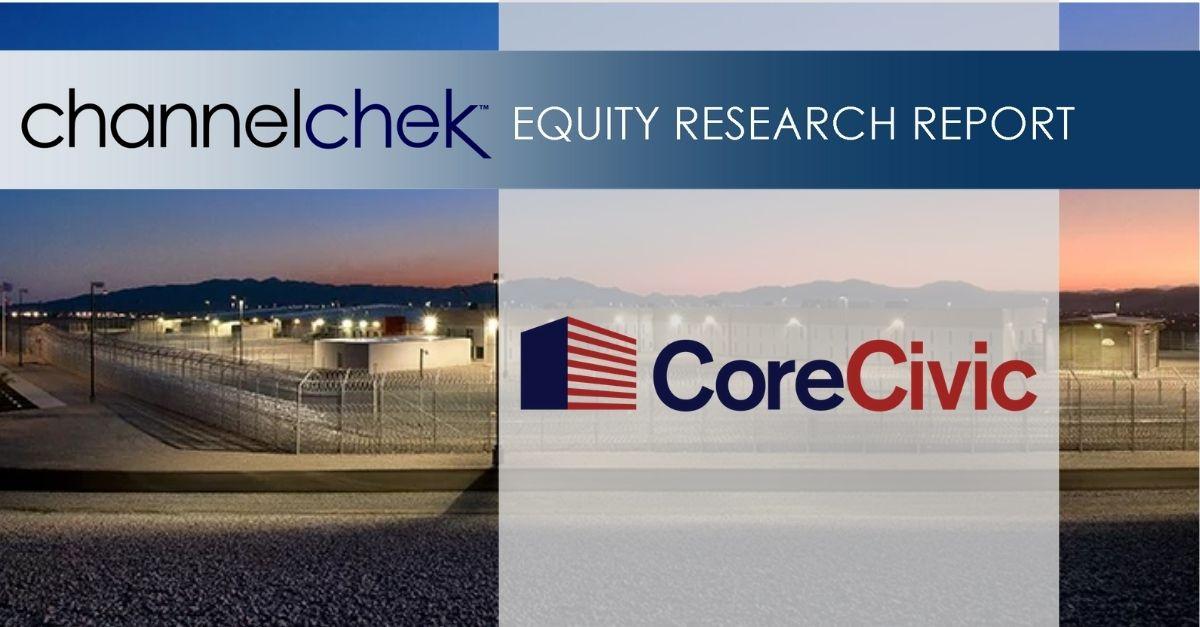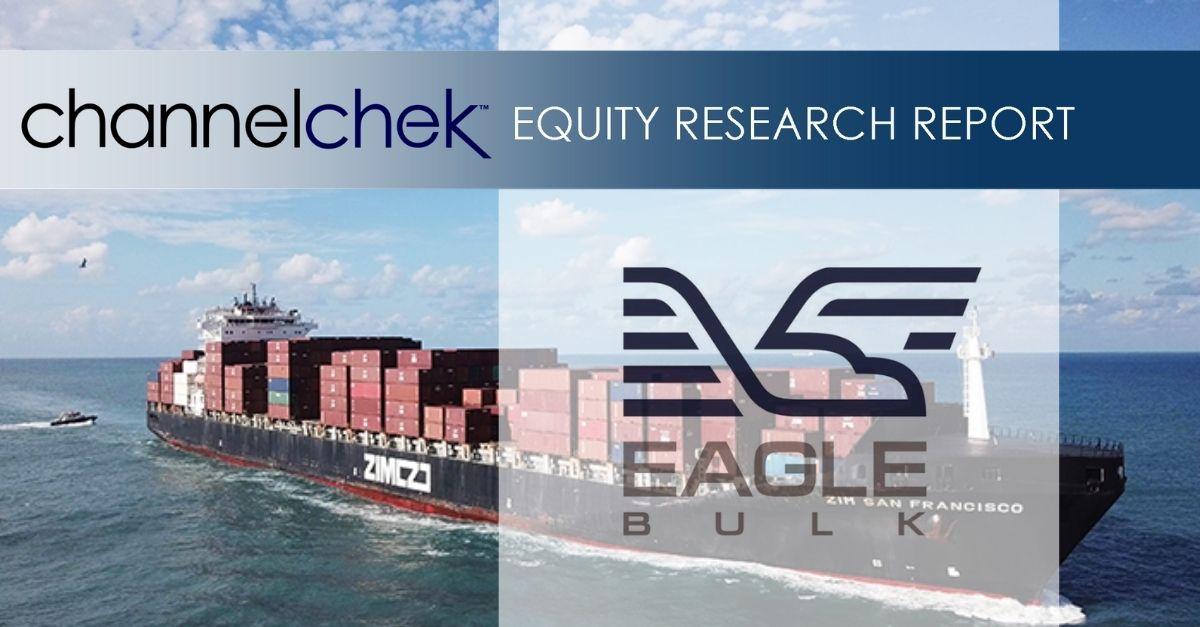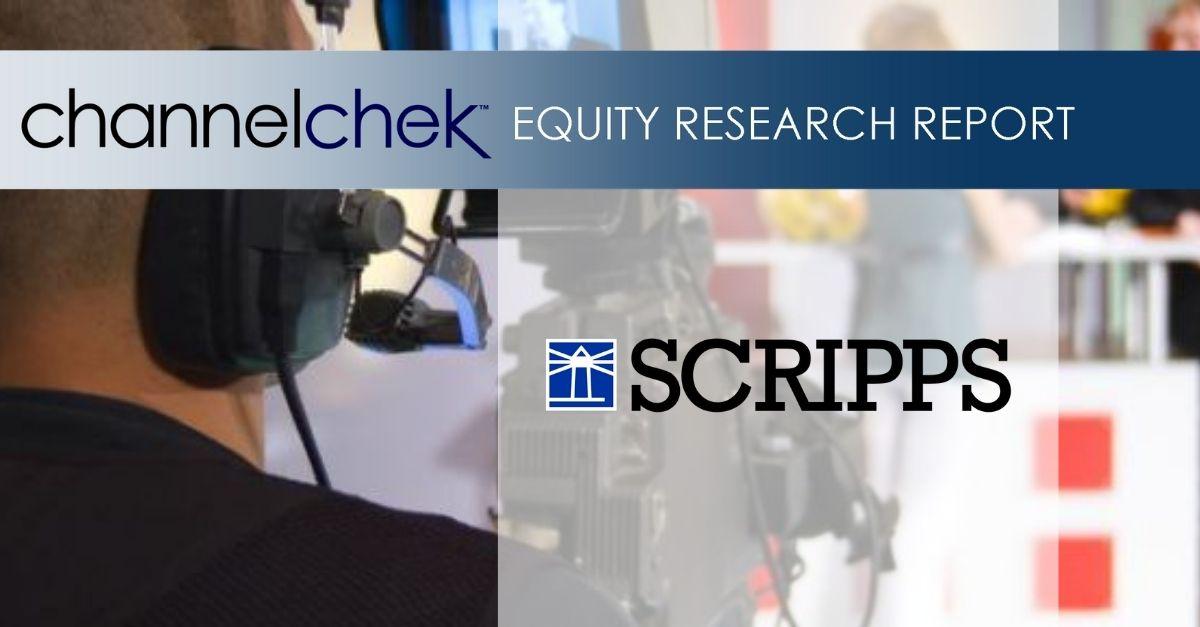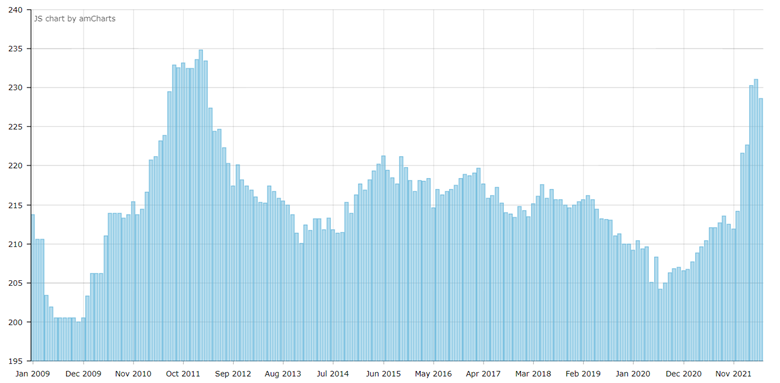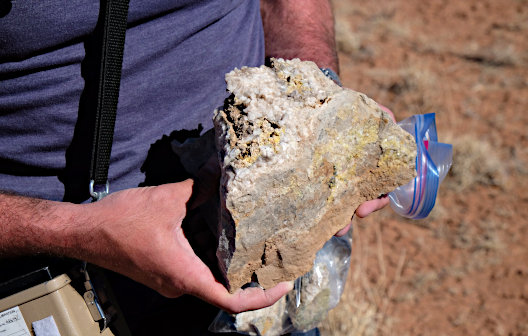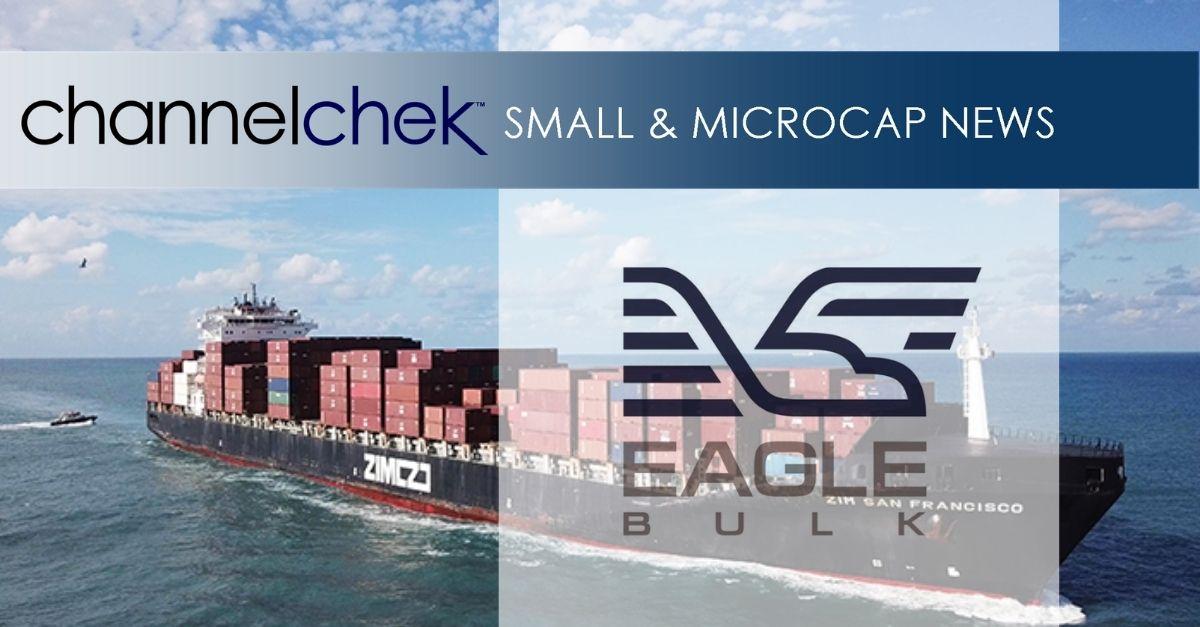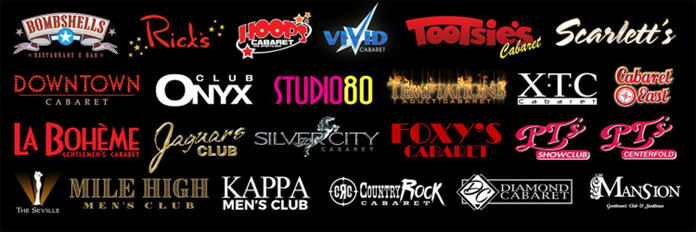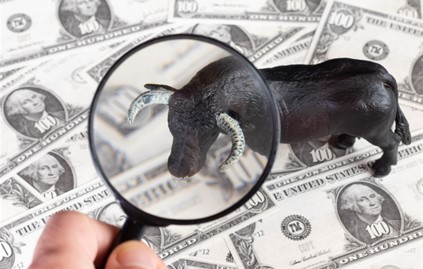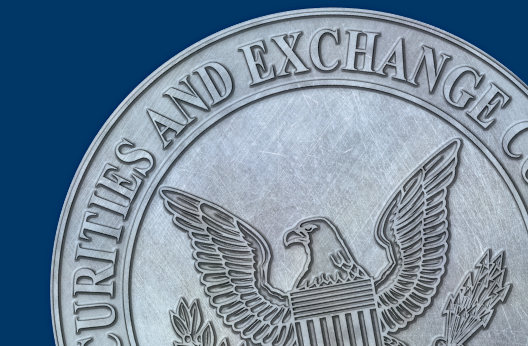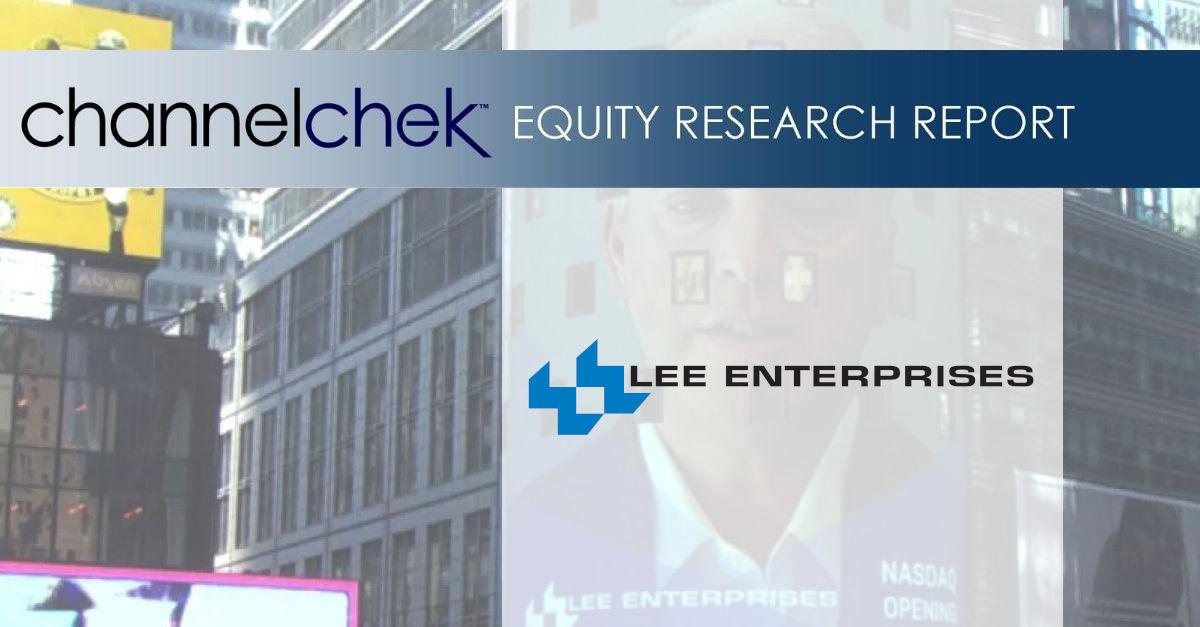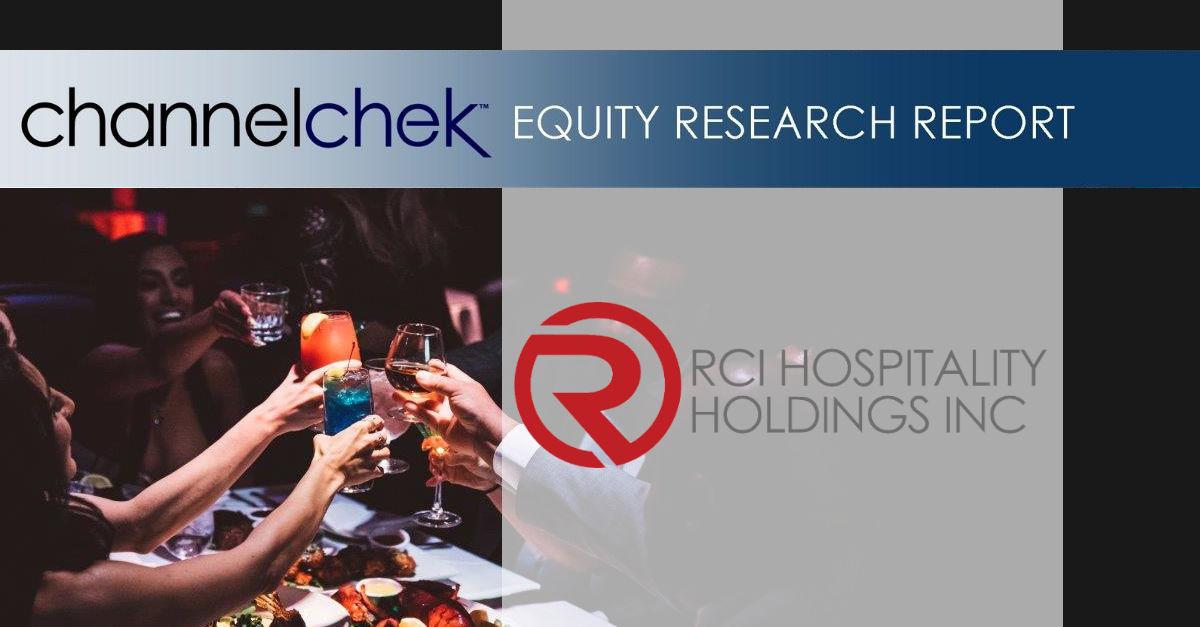|
Gevo to Host Conference Call Today at 4:30 p.m. EST/2:30 p.m. MST
ENGLEWOOD, Colo. –
May 9, 2022 – Gevo, Inc. (NASDAQ: GEVO) (“Gevo”, the “Company”, “we”, “us” or “our”) today announced financial results for the first quarter of 2022 and recent corporate highlights.
Recent Corporate Highlights
- On January 31, 2022, Gevo announced that it had begun the process of bringing its dairy manure-based renewable natural gas (“RNG”) project online in northwest Iowa and once this facility has reached steady-state production levels of approximately 355,000 MMBTU, its evaluation period by the California Air Resource Board and the Environmental Protection Agency for Low Carbon Fuel Standard (“LCFS”) and Renewable Identification Number (“RIN”) credits will commence.
- Our Net-Zero 1 project continues to be on schedule, and we recently received the conditional use permits for the plant and the wind turbines that will help power the project.
- Verity Tracking continues to develop a proprietary platform based on distributed ledger technology (also known as the “blockchain”) and recently partnered with Farmers’ Edge, a company dedicated to helping farmers track data and improve agricultural decision making, to support development.
- On March 18, 2022, Gevo signed a “take-or-pay” agreement with British Airways plc to supply 30 million gallons per year of sustainable aviation fuel (“SAF”) over a five-year term.
- On March 21, 2022, the oneworld® Alliance announced that certain of its members plan to purchase up to 200 million gallons per year of SAF from Gevo over a five-year term expected to commence in 2027.
- On March 22, 2022, Gevo signed a “take-or-pay” agreement with Delta Air Lines, Inc. to supply 75 million gallons per year of SAF for seven years, replacing the existing agreement signed with Delta in 2019 to purchase 10 million gallons per year.
2022 First Quarter Financial Highlights
- Ended the quarter with cash, cash equivalents, restricted cash and marketable securities of $429.6 million compared to $475.8 million as of the end of Q4 2021
- Revenue of $0.2 million for the quarter compared to $0.1 million in Q1 2021
- Loss from operations of $(16.0) million for the quarter compared to $(9.9) million in Q1 2021
- Non-GAAP cash EBITDA loss of $(10.3) million for the quarter compared to $(7.8) million in Q1 2021
- GAAP net loss per share and non-GAAP adjusted net loss per share of $(0.08) for the quarter compared to $(0.05) in Q1 2021
Commenting on the first quarter of 2022 and recent corporate events, Dr. Patrick R. Gruber, Gevo’s Chief Executive Officer, said “We are moving forward with our Net Zero 1 plans in Lake Preston, South Dakota and couldn’t be more pleased with the progress we have made. We look forward to beginning site preparations later this year and construction early next year. We believe we have a world class team in place to manage the development of this first of its kind, Net-Zero plant and the many additional plants that will be needed to produce this valuable fuel. In northwest Iowa, our dairy RNG facility continues its ramp to stable production and I am very proud of how well that team executed to deliver the project on time and within budget. We intend to build many Net-Zero plants over the coming years and we believe we have all the right people in place to get it done.”
First Quarter 2022 Financial Results
During the three months ended March 31, 2022, total revenue was $0.2 million, compared with $0.1 million in the same period in 2021. We sold approximately 35,000 gallons of SAF, isooctane and isooctene from our development facility at Luverne, Minnesota in first quarter of 2022 compared to nil for the three months ended March 31, 2021 due to the COVID-19 shutdown.
Cost of goods sold was $4.2 million for the three months ended March 31, 2022, compared with $2.0 million in the same period in 2021. The majority of first quarter 2022 cost of goods sold was related to a $2.9 million adjustment made to the Company’s finished goods and work in process inventory to net realizable value with the offset recorded in cost of goods sold.
Selling, general and administrative expense increased by $5.6 million during the three months ended March 31, 2022, compared with the same period in 2021, due primarily to increases in personnel costs related to strategic new hiring, stock-based compensation, professional fees related to new contracts and higher costs for insurance.
Preliminary stage project costs are related to our NW Iowa RNG and Net-Zero projects and consist primarily of research and development expense in addition to selling, general and administrative expenses of the projects. Preliminary stage project costs decreased by $2.2 million during the three months ended March 31, 2022, compared to the same period in 2021. The decrease is primarily due to the capitalization of Net-Zero 1 project costs in the third quarter of 2021, after completing certain project milestones. Net-Zero 1 related costs and RNG related costs were still being expensed in the first quarter of 2021.
Gevo incurred a net loss for the three months ended March 31, 2022, of $(15.7) million, compared with a net loss of $(10.1) million during the same period in 2021. Non-GAAP adjusted net loss for the three months ended March 31, 2022, was $(15.7) million, compared with a non-GAAP adjusted net loss of $(10.0) million during the same period in 2021. Among other things, we incurred costs related to our production of isobutanol and hydrocarbon products for market development purposes, process technology and related process engineering work, expenses for additional intellectual property and know-how development for chemical and biological catalysts and related technologies, market development, partnership development, site development work, and Verity Tracking development expenses.
Non-GAAP cash EBITDA loss in the three months ended March 31, 2022, was $(10.3) million, compared with a $(7.8) million non-GAAP cash EBITDA loss in the same period in 2021.
During the three months ended March 31, 2022, we used $7.9 million in cash for investing activities, of which $71.1 million related to proceeds from sales and maturities of marketable securities, offset by the reinvestment of $31.2 million in marketable securities, and $31.5 million of investments in our capital projects, including $18.3 million in the NW Iowa RNG project, $9.6 million in the Net-Zero 1 project, as well as $3.2 million in development projects at Agri-Energy and Gevo.
Webcast and Conference Call Information
Hosting today’s conference call at 4:30 p.m. EST (2:30 p.m. MST) will be Dr. Patrick R. Gruber, Chief Executive Officer, L. Lynn Smull, Chief Financial Officer, Dr. Chris Ryan, Chief Operating Officer, Heather Manuel, Vice President – Investor Relations & Communications and John Richardson, Director of Investor Relations. They will review Gevo’s financial results and provide an update on recent corporate highlights
.
To participate in the conference call, please dial 1 (833) 729-4776 (inside the U.S.) or 1 (830) 213-7701 (outside the U.S.) and reference the access code 2251249# or through the event weblink https://edge.media-server.com/mmc/p/rkzfqmut
A replay of the call and webcast will be available two hours after the conference call ends on May 9, 2022. To access the replay, please dial 1 (855) 859-2056 (inside the U.S.) or 1 (404) 537-3406 (outside the U.S.) and reference the access code 2251249#. The archived webcast will be available in the Investor Relations section of Gevo’s website at www.gevo.com.
About Gevo
Gevo’s mission is to transform renewable energy and carbon into energy-dense liquid hydrocarbons. These liquid hydrocarbons can be used for drop-in transportation fuels such as gasoline, jet fuel, and diesel fuel, that when burned have potential to yield net-zero greenhouse gas emissions when measured across the full lifecycle of the products. Gevo uses low-carbon renewable resource-based carbohydrates as raw materials, and is in an advanced state of developing renewable electricity and renewable natural gas for use in production processes, resulting in low-carbon fuels with substantially reduced carbon intensity (the level of greenhouse gas emissions compared to standard petroleum fossil-based fuels across their lifecycle). Gevo’s products perform as well or better than traditional fossil-based fuels in infrastructure and engines, but with substantially reduced greenhouse gas emissions. In addition to addressing the problems of fuels, Gevo’s technology also enables certain plastics, such as polyester, to be made with more sustainable ingredients. Gevo’s ability to penetrate the growing low-carbon fuels market depends on the price of oil and the value of abating carbon emissions that would otherwise increase greenhouse gas emissions. Gevo believes that its proven, patented, technology enabling the use of a variety of low-carbon sustainable feedstocks to produce price-competitive low carbon products such as gasoline components, jet fuel, and diesel fuel yields the potential to generate project and corporate returns that justify the build-out of a multi-billion-dollar business.
Gevo believes that Argonne National Laboratory GREET model is the best available standard of scientific based measurement for life cycle inventory or LCI.
Learn more at Gevo’s website: www.gevo.com
Forward-Looking Statements
Certain statements in this press release may constitute “forward-looking statements” within the meaning of the Private Securities Litigation Reform Act of 1995. These forward-looking statements relate to a variety of matters, including, without limitation, our financial condition, our results of operation and liquidity, our business development activities, our Net-Zero Projects, our RNG Project, the engineering and design work for our projects, our offtake agreements, our plans to develop its business, our ability to successfully construct and finance our operations and growth projects, our ability to achieve cash flow from our planned projects, the ability of our products to contribute to lower greenhouse gas emissions, particulate and sulfur pollution, Verity Tracking development progress, project development costs and other statements that are not purely statements of historical fact These forward-looking statements are made based on the current beliefs, expectations and assumptions of the management of Gevo and are subject to significant risks and uncertainty. Investors are cautioned not to place undue reliance on any such forward-looking statements. All such forward-looking statements speak only as of the date they are made, and Gevo undertakes no obligation to update or revise these statements, whether as a result of new information, future events or otherwise. Although Gevo believes that the expectations reflected in these forward-looking statements are reasonable, these statements involve many risks and uncertainties that may cause actual results to differ materially from what may be expressed or implied in these forward-looking statements. For a further discussion of risks and uncertainties that could cause actual results to differ from those expressed in these forward-looking statements, as well as risks relating to the business of Gevo in general, see the risk disclosures in the Annual Report on Form 10-K of Gevo for the year ended December 31, 2021 and in subsequent reports on Forms 10-Q and 8-K and other filings made with the U.S. Securities and Exchange Commission by Gevo.
Non-GAAP Financial Information
This press release contains financial measures that do not comply with U.S. generally accepted accounting principles (GAAP), including non-GAAP cash EBITDA loss, non-GAAP adjusted net loss and non-GAAP adjusted net loss per share. Non-GAAP cash EBITDA loss excludes depreciation and amortization and non-cash stock-based compensation from GAAP loss from operations. Non-GAAP adjusted net loss and adjusted net loss per share exclude non-cash gains and/or losses recognized in the quarter due to the changes in the fair value of certain of Gevo’s financial instruments, such as warrants, convertible debt and embedded derivatives, from GAAP net loss. Management believes these measures are useful to supplement its GAAP financial statements with this non-GAAP information because management uses such information internally for its operating, budgeting and financial planning purposes. These non-GAAP financial measures also facilitate management’s internal comparisons to Gevo’s historical performance as well as comparisons to the operating results of other companies. In addition, Gevo believes these non-GAAP financial measures are useful to investors because they allow for greater transparency into the indicators used by management as a basis for its financial and operational decision making. Non-GAAP information is not prepared under a comprehensive set of accounting rules and therefore, should only be read in conjunction with financial information reported under U.S. GAAP when understanding Gevo’s operating performance. A reconciliation between GAAP and non-GAAP financial information is provided in the financial statement tables below
Gevo, Inc.
Condensed Consolidated Balance Sheets Information
(Unaudited, in thousands, except share and per share
amounts)
|
March 31, 2022
|
|
December 31, 2021
|
|
Assets
|
|
|
|
|
Current assets
|
|
|
|
|
Cash and cash equivalents
|
$ 44,626
|
|
$ 40,833
|
|
Marketable securities (current)
|
265,813
|
|
275,340
|
|
Restricted cash (current)
|
16,216
|
|
25,032
|
|
Accounts receivable, net
|
168
|
|
978
|
|
Inventories
|
2,735
|
|
2,751
|
|
Prepaid expenses and other current assets
|
5,861
|
|
6,857
|
|
Total current assets
|
335,419
|
|
351,791
|
|
Property, plant and equipment, net
|
156,896
|
|
139,141
|
|
Long-term marketable securities
|
32,724
|
|
64,396
|
|
Long-term restricted cash
|
70,238
|
|
70,168
|
|
Operating right-of-use assets
|
2,209
|
|
2,414
|
|
Finance right-of-use assets
|
26,887
|
|
27,297
|
|
Intangible assets, net
|
8,656
|
|
8,938
|
|
Deposits and other assets
|
5,631
|
|
2,331
|
|
Total assets
|
$ 638,660
|
|
$ 666,476
|
|
Liabilities
|
|
|
|
|
Current liabilities
|
|
|
|
|
Accounts payable and accrued liabilities
|
$ 13,410
|
|
$ 28,288
|
|
Operating lease liabilities (current)
|
416
|
|
772
|
|
Finance lease liabilities (current)
|
4,029
|
|
3,413
|
|
Loans payable – other (current)
|
89
|
|
158
|
|
Total current liabilities
|
17,944
|
|
32,631
|
|
2021 Bonds payable (long-term)
|
66,669
|
|
66,486
|
|
Loans payable – other (long-term)
|
276
|
|
318
|
|
Operating lease liabilities (long-term)
|
1,838
|
|
1,902
|
|
Finance lease liabilities (long-term)
|
17,403
|
|
17,797
|
|
Other long-term liabilities
|
95
|
|
87
|
|
Total liabilities
|
104,225
|
|
119,221
|
|
Stockholders’ Equity
|
|
|
|
|
Common stock, $0.01 par value per share; 500,000,000 authorized; 201,752,722 and 201,988,662 shares issued and outstanding at March 31, 2022 and December 31, 2021, respectively.
|
2,019
|
|
2,020
|
|
Additional paid-in capital
|
1,107,051
|
|
1,103,224
|
|
Accumulated other comprehensive loss
|
(1,587)
|
|
(614)
|
|
Accumulated deficit
|
(573,048)
|
|
(557,375)
|
|
Total stockholders’ equity
|
534,435
|
|
547,255
|
|
Total liabilities and stockholders’ equity
|
$ 638,660
|
|
$ 666,476
|
Gevo, Inc.
Condensed Consolidated Statements of Operations
Information
(Unaudited, in thousands, except share and per share
amounts)
|
Three Months Ended March 31,
|
|
2022
|
|
2021
|
|
Revenue and cost of goods sold
|
|
|
|
|
Ethanol sales and related products, net
|
$ 169
|
|
$ —
|
|
Hydrocarbon revenue
|
63
|
|
13
|
|
Other revenue
|
—
|
|
80
|
|
Total revenues
|
232
|
|
93
|
|
Cost of production
|
3,090
|
|
901
|
|
Depreciation and amortization
|
1,091
|
|
1,093
|
|
Gross loss
|
(3,949)
|
|
(1,901)
|
|
Operating expenses
|
|
|
|
|
Research and development expense (including noncash compensation expense of $0.1 million and $0.5 million, respectively)
|
1,192
|
|
1,378
|
|
Selling, general and administrative expense (including noncash compensation expense of $1.4 million and $0.5 million, respectively)
|
9,367
|
|
3,814
|
|
Preliminary stage project costs
|
507
|
|
2,727
|
|
Other operations (including noncash compensation expense of $0.1 million and nil, respectively)
|
589
|
|
—
|
|
Depreciation and amortization
|
351
|
|
58
|
|
Total operating expenses
|
12,006
|
|
7,977
|
|
Loss from operations
|
(15,955)
|
|
(9,878)
|
|
Other income (expense)
|
|
|
|
|
(Loss) gain from change in fair value of derivative warrant liability
|
—
|
|
(53)
|
|
Interest expense
|
(2)
|
|
(5)
|
|
Interest and dividend income
|
252
|
|
31
|
|
Other income (expense), net
|
32
|
|
(152)
|
|
Total other income (expense), net
|
282
|
|
(179)
|
|
Net loss
|
$ (15,673)
|
|
$ (10,057)
|
|
|
|
|
|
Net loss per share – basic and diluted
|
$ (0.08)
|
|
$ (0.05)
|
|
|
|
|
|
Weighted-average number of common shares outstanding – basic and diluted
|
201,925,747
|
|
183,566,524
|
Gevo, Inc.
Condensed Consolidated Statements of Comprehensive Income
(Unaudited, in thousands, except share and per share
amounts)
|
Three Months Ended March 31,
|
|
2022
|
|
2021
|
|
|
|
|
|
Net loss
|
$ (15,673)
|
|
$ (10,057)
|
|
Other comprehensive income (loss)
|
|
|
|
|
Unrealized gain (loss) on available-for-sale securities, net of tax
|
(974)
|
|
—
|
|
Adjustment for net gain (loss) realized and included in net income, net of tax
|
1
|
|
—
|
|
Total change in other comprehensive income (loss)
|
(973)
|
|
—
|
|
Comprehensive loss
|
$ (16,646)
|
|
$ (10,057)
|
Gevo, Inc.
Condensed Consolidated Statements of Stockholders’ Equity Information
(Unaudited, in thousands, except share amounts)
|
Common Stock
|
|
Paid-In Capital
|
|
Accumulated Other Comprehensive
Loss
|
|
Accumulated Deficit
|
|
Stockholders’ Equity
|
|
Shares
|
|
|
|
|
|
Balance, December 31, 2021
|
201,988,662
|
|
$ 2,020
|
|
$ 1,103,224
|
|
$ (614)
|
|
$ (557,375)
|
|
$ 547,255
|
|
Issuance of common stock upon exercise of warrants
|
4,677
|
|
—
|
|
3
|
|
—
|
|
—
|
|
3
|
|
Non-cash stock-based compensation
|
—
|
|
—
|
|
4,044
|
|
—
|
|
—
|
|
4,044
|
|
Issuance of common stock under stock plans, net of taxes
|
(240,617)
|
|
(1)
|
|
(220)
|
|
—
|
|
—
|
|
(221)
|
|
Other comprehensive loss
|
—
|
|
—
|
|
—
|
|
(973)
|
|
—
|
|
(973)
|
|
Net loss
|
—
|
|
—
|
|
—
|
|
—
|
|
(15,673)
|
|
(15,673)
|
|
Balance, March 31, 2022
|
201,752,722
|
|
$ 2,019
|
|
$ 1,107,051
|
|
$ (1,587)
|
|
$ (573,048)
|
|
$ 534,435
|
|
|
|
|
|
|
|
|
|
|
|
|
|
Balance, December 31, 2020
|
128,138,311
|
|
$ 1,282
|
|
$ 643,269
|
|
$ —
|
|
$ (498,172)
|
|
$ 146,379
|
|
Issuance of common stock, net of issuance costs
|
68,170,579
|
|
682
|
|
457,008
|
|
—
|
|
—
|
|
457,690
|
|
Issuance of common stock upon exercise of warrants
|
1,863,058
|
|
18
|
|
1,099
|
|
—
|
|
—
|
|
1,117
|
|
Non-cash stock-based compensation
|
—
|
|
—
|
|
562
|
|
—
|
|
—
|
|
562
|
|
Issuance of common stock under stock plans, net of taxes
|
(121,499)
|
|
(1)
|
|
1
|
|
—
|
|
—
|
|
—
|
|
Net loss
|
—
|
|
—
|
|
—
|
|
—
|
|
(10,057)
|
|
(10,057)
|
|
Balance, March 31, 2021
|
198,050,449
|
|
$ 1,981
|
|
$ 1,101,939
|
|
$ —
|
|
$ (508,229)
|
|
$ 595,691
|
|
|
|
|
|
|
|
|
|
|
|
|
Gevo, Inc.
Condensed Consolidated Cash Flow Information
(Unaudited, in thousands)
|
Three Months Ended March 31,
|
|
2022
|
|
2021
|
|
Operating Activities
|
|
|
|
|
Net loss
|
$ (15,673)
|
|
$ (10,057)
|
|
Adjustments to reconcile net loss to net cash used in operating activities:
|
|
|
|
|
Stock-based compensation
|
4,258
|
|
925
|
|
Depreciation and amortization
|
1,442
|
|
1,149
|
|
Non-cash lease expense
|
139
|
|
17
|
|
Non-cash interest expense
|
1,150
|
|
—
|
|
Changes in operating assets and liabilities:
|
|
|
|
|
Accounts receivable
|
810
|
|
435
|
|
Inventories
|
16
|
|
39
|
|
Prepaid expenses and other current assets, deposits and other assets
|
(2,317)
|
|
(4,273)
|
|
Accounts payable, accrued expenses and long-term liabilities
|
(2,285)
|
|
4,600
|
|
Net cash used in operating
activities
|
(12,460)
|
|
(7,165)
|
|
|
|
|
|
Investing Activities
|
|
|
|
|
Acquisitions of property, plant and equipment
|
(31,218)
|
|
(4,630)
|
|
Acquisition of patent portfolio
|
(10)
|
|
—
|
|
Proceeds from sale and maturity of marketable securities
|
71,082
|
|
—
|
|
Purchase of marketable securities
|
(31,993)
|
|
—
|
|
Net cash used in investing
activities
|
7,861
|
|
(4,630)
|
|
|
|
|
|
Financing Activities
|
|
|
|
|
Debt and equity offering costs
|
—
|
|
(31,683)
|
|
Proceeds from issuance of common stock and common stock warrants
|
—
|
|
489,373
|
|
Proceeds from exercise of warrants
|
3
|
|
1,117
|
|
Net settlement of common stock under stock plans
|
(220)
|
|
—
|
|
Payment of loans payable – other
|
(103)
|
|
(27)
|
|
Payment of finance lease liabilities
|
(34)
|
|
—
|
|
Net cash provided by financing
activities
|
(354)
|
|
458,780
|
|
|
|
|
|
Net increase (decrease) in cash
and cash equivalents
|
(4,953)
|
|
446,985
|
|
Cash, cash equivalents and restricted cash at beginning of period
|
136,033
|
|
78,338
|
|
Cash, cash equivalents and
restricted cash at end of period
|
$ 131,080
|
|
$ 525,323
|
Gevo, Inc.
Reconciliation of GAAP to Non-GAAP Financial Information
(Unaudited, in thousands, except share and per share
amounts)
|
Three Months Ended March 31,
|
|
2022
|
|
2021
|
|
Non-GAAP Cash EBITDA:
|
|
|
|
|
Loss from operations
|
$ (15,955)
|
|
$ (9,878)
|
|
Depreciation and amortization
|
1,442
|
|
1,149
|
|
Stock-based compensation
|
4,258
|
|
925
|
|
Non-GAAP cash EBITDA
|
$ (10,255)
|
|
$ (7,804)
|
|
|
|
|
|
Non-GAAP Adjusted Net Loss:
|
|
|
|
|
Net Loss
|
$ (15,673)
|
|
$ (10,057)
|
|
Adjustments:
|
|
|
|
|
Gain (loss) from change in fair value of derivative warrant liability
|
—
|
|
(53)
|
|
Total adjustments
|
—
|
|
(53)
|
|
Non-GAAP Net Income (Loss)
|
$ (15,673)
|
|
$ (10,004)
|
|
Non-GAAP adjusted net loss per share – basic and diluted
|
$ (0.08)
|
|
$ (0.05)
|
|
Weighted-average number of common shares outstanding – basic and diluted
|
201,925,747
|
|
183,566,524
|
Investor and Media Contact
+1 720-647-9605
IR@gevo.com
1 Cash EBITDA loss
is a non-GAAP measure calculated by adding back depreciation and amortization
and non-cash stock-based compensation to GAAP loss from operations. A
reconciliation of cash EBITDA loss to GAAP loss from operations is provided
in the financial statement tables following this release.
2 Adjusted net
loss per share is a non-GAAP measure calculated by adding back non-cash gains
and/or losses recognized in the quarter due to the changes in the fair value
of certain of our financial instruments, such as warrants, convertible debt
and embedded derivatives, to GAAP net loss per share. A reconciliation of
adjusted net loss per share to GAAP net loss per share is provided in the
financial statement tables following this release.
3 Adjusted net
loss is a non-GAAP measure calculated by adding back non-cash gains and/or
losses recognized in the quarter due to the changes in the fair value of
certain of our financial instruments, such as warrants, convertible debt and
embedded derivatives, to GAAP net loss. A reconciliation of adjusted net loss
to GAAP net loss is provided in the financial statement tables following this
release.
4 Cash EBITDA loss
is a non-GAAP measure calculated by adding back depreciation and amortization
and non-cash stock compensation to GAAP loss from operations. A
reconciliation of cash EBITDA loss to GAAP loss from operations is provided
in the financial statement tables following this release.
|

